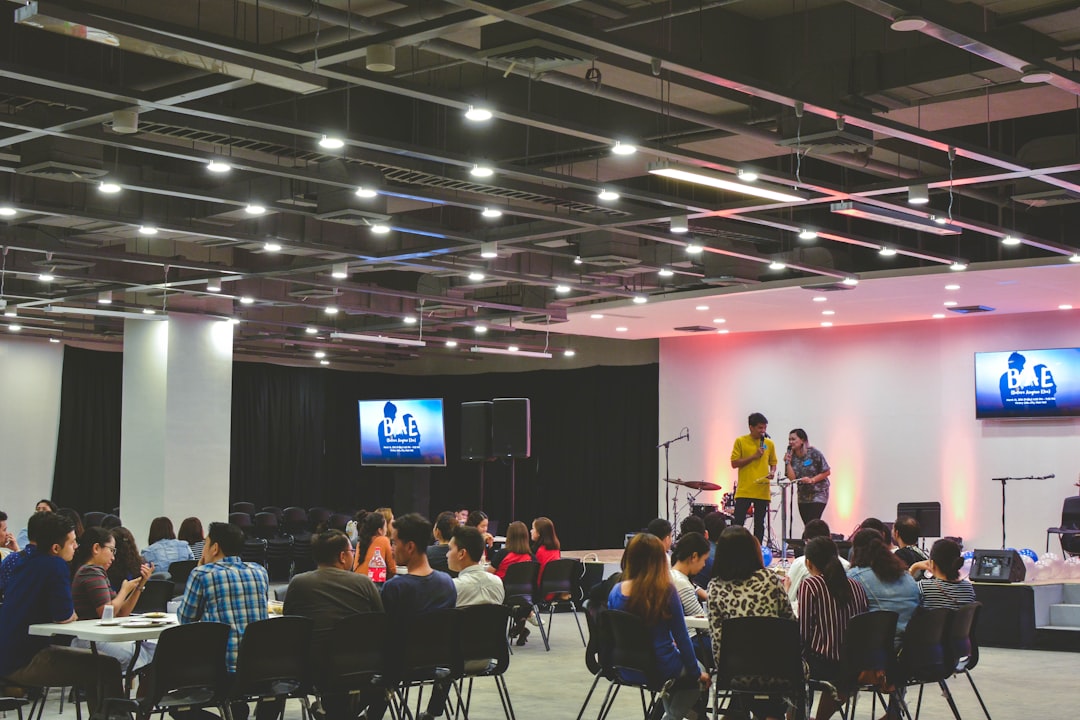
Mastering the Art of Conference Planning: A Comprehensive Guide
In today’s fast-paced business world, conferences play a vital role in bringing together industry experts, thought leaders, and professionals to share knowledge, network, and foster collaboration. The success of a conference largely depends on meticulous planning and execution.
Conference planning involves a myriad of tasks, from selecting the right venue and coordinating logistics to curating engaging content and managing attendees’ experience. Whether you are a seasoned event planner or a novice organizer, mastering the art of conference planning can elevate your events to new heights.
The first step in conference planning is defining the event’s objectives and target audience. Understanding the goals of the conference will help you tailor the program, select relevant speakers, and create a compelling agenda. Researching the target audience’s preferences, interests, and needs is crucial for designing a conference that resonates with attendees.
Once you have a clear vision for the conference, it’s time to start the logistical planning process. This includes securing a suitable venue that can accommodate the expected number of attendees, arranging catering services, and setting up audiovisual equipment. Paying attention to details such as room layout, seating arrangements, and signage can enhance the overall attendee experience.
Content is king when it comes to conference planning. Curating a diverse range of topics, speakers, and formats can keep attendees engaged and inspired throughout the event. Consider incorporating interactive sessions, panel discussions, workshops, and networking opportunities to create a dynamic program that caters to different learning styles and preferences.
Effective communication is essential for successful conference planning. Establishing clear channels of communication with speakers, sponsors, vendors, and attendees can ensure that everyone is on the same page and informed about key updates and deadlines. Utilize technology tools such as event management software, mobile apps, and social media platforms to streamline communication and enhance engagement.
On the day of the conference, meticulous execution is key to delivering a seamless and memorable experience for attendees. Assigning roles and responsibilities to a dedicated team of staff and volunteers can help ensure that all aspects of the event run smoothly. Conducting pre-event briefings, troubleshooting technical issues, and addressing any last-minute changes promptly can minimize disruptions and enhance overall satisfaction.
Post-conference evaluation and feedback are critical for continuous improvement. Collecting feedback from attendees, speakers, and sponsors can provide valuable insights into what worked well and areas for enhancement. Analyzing key performance indicators such as attendance rates, session evaluations, and revenue generation can help you measure the success of the conference and identify areas for future growth.
In conclusion, mastering the art of conference planning requires a combination of strategic thinking, attention to detail, creativity, and effective communication. By following a systematic approach, leveraging technology tools, and incorporating best practices, you can plan and execute successful conferences that leave a lasting impact on attendees. Remember, a well-planned conference is not just an event – it’s an experience that inspires, educates, and connects people in meaningful ways.